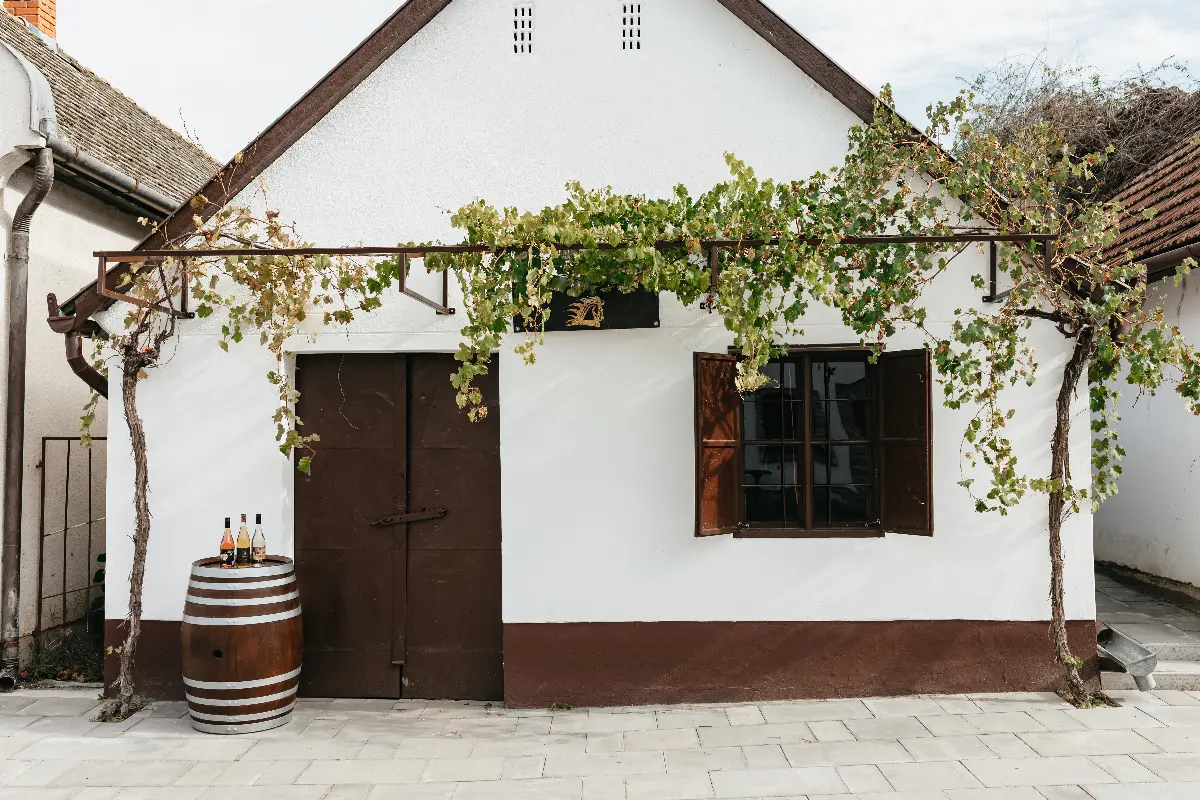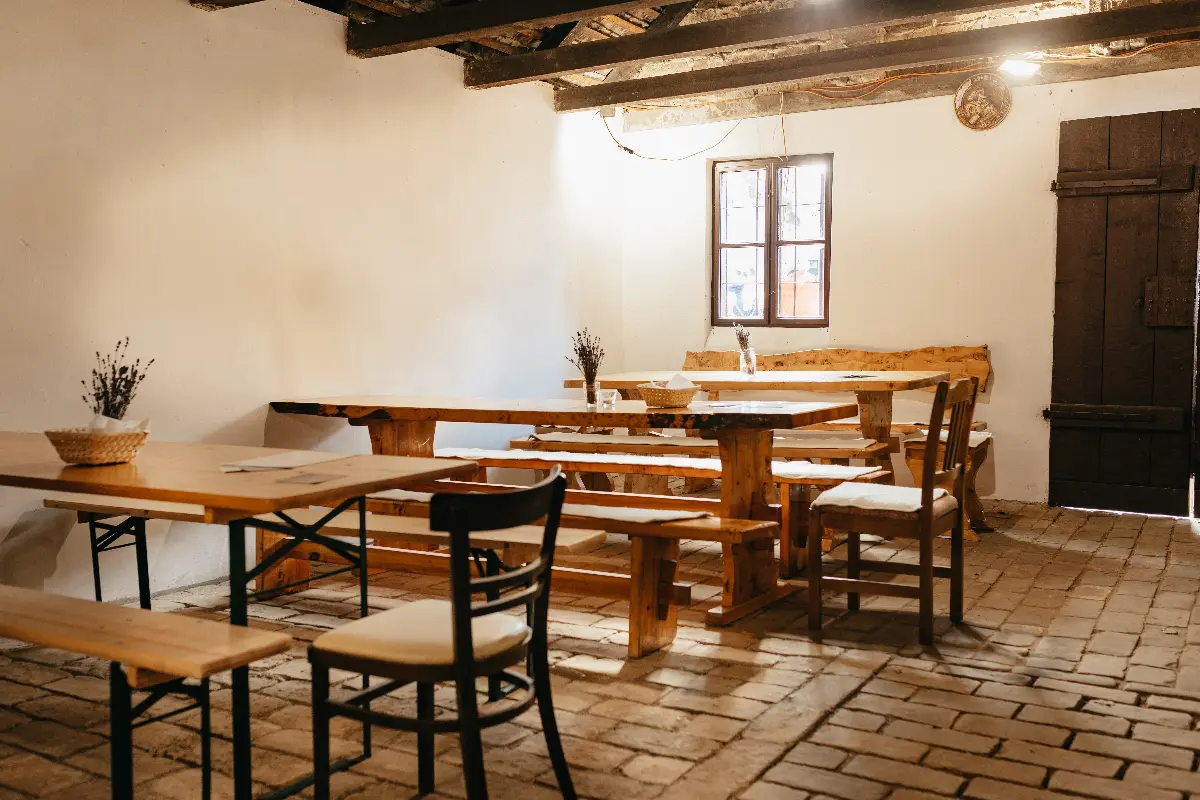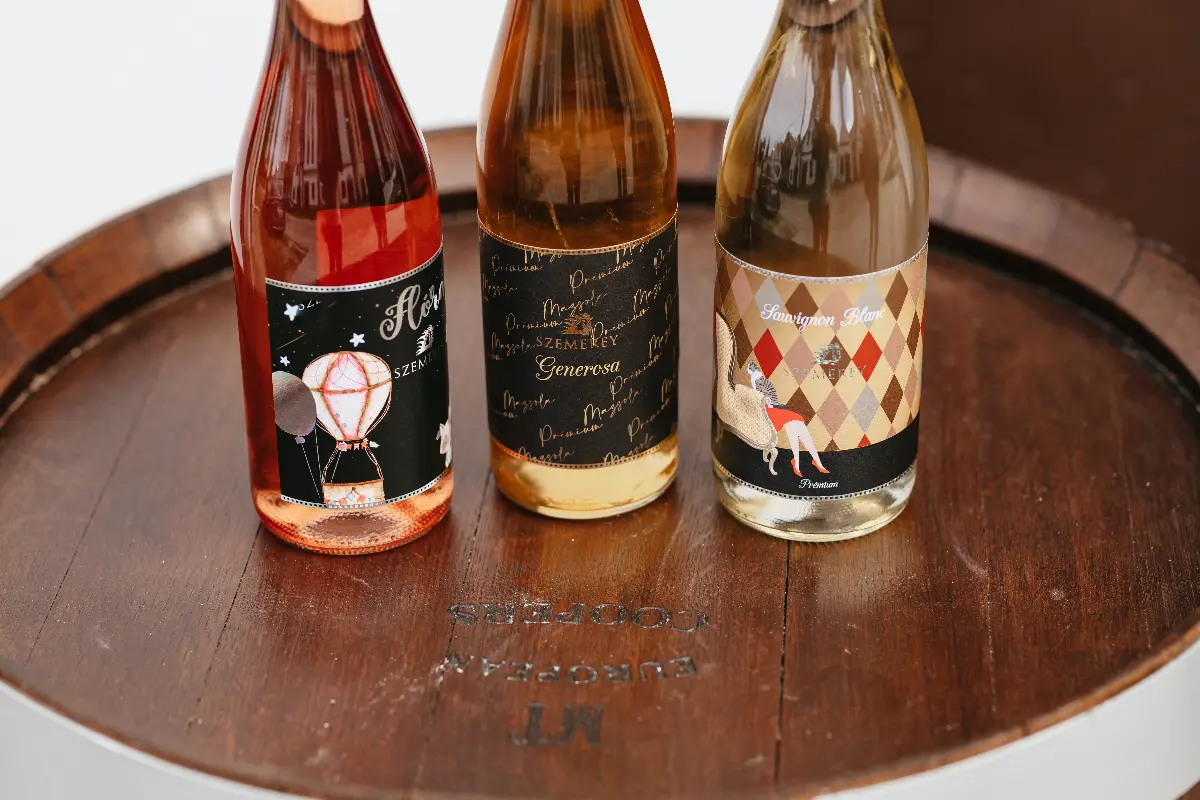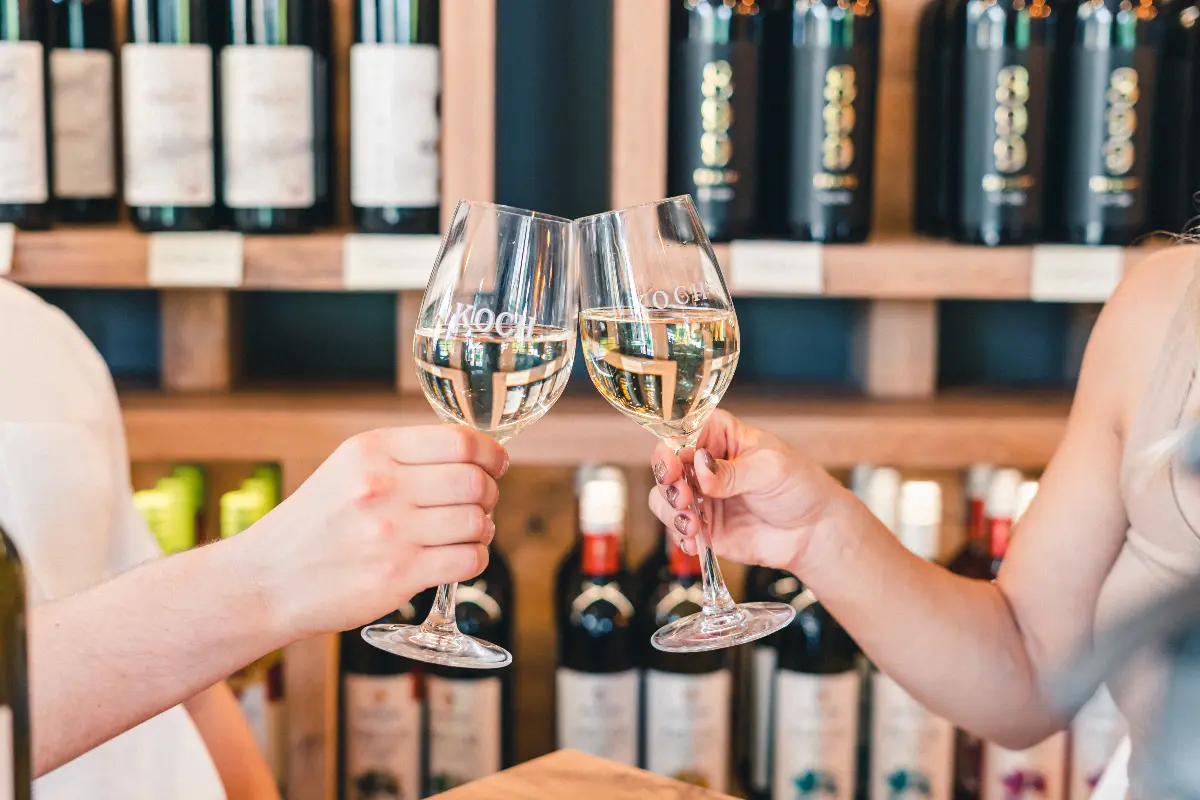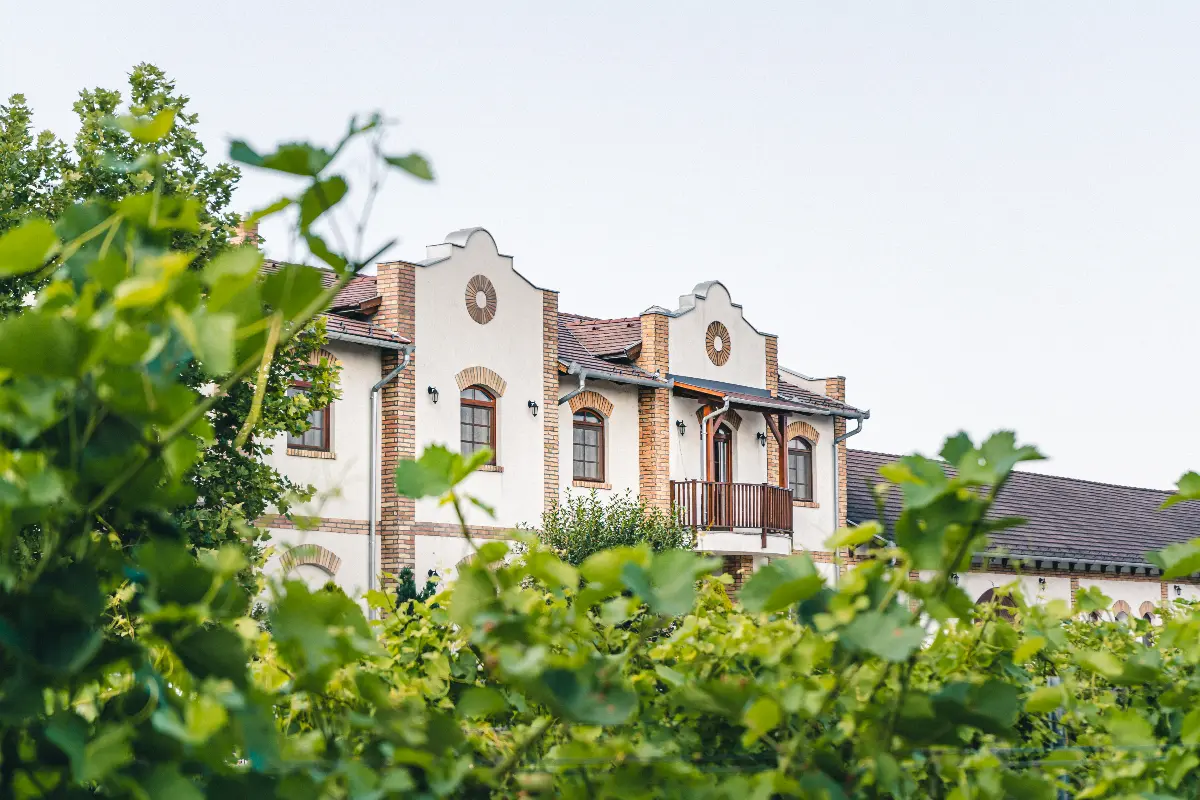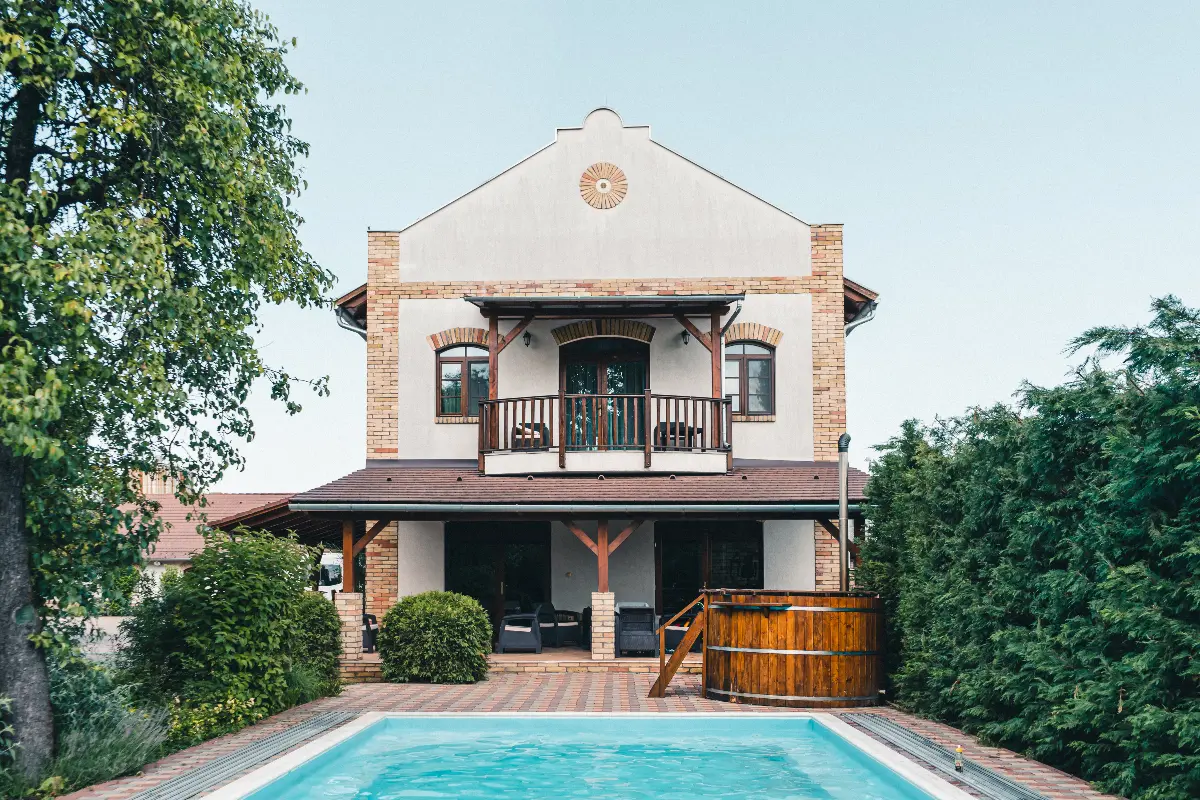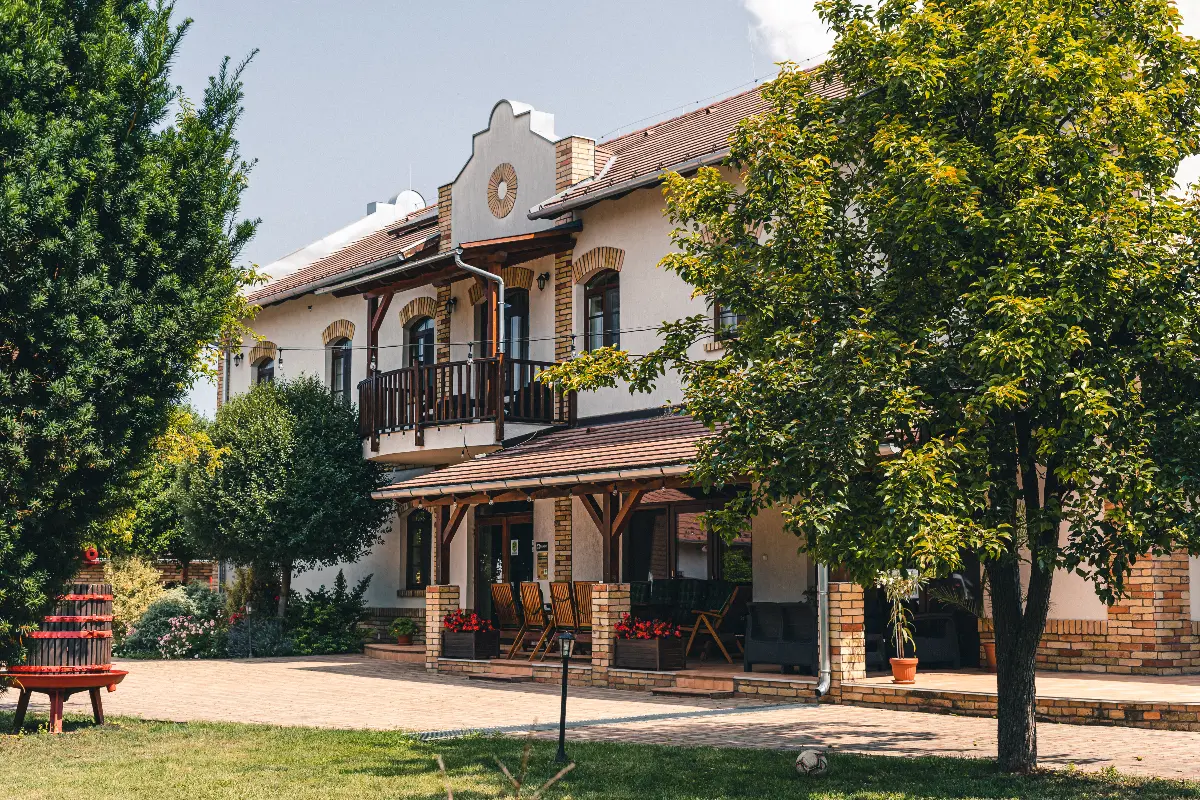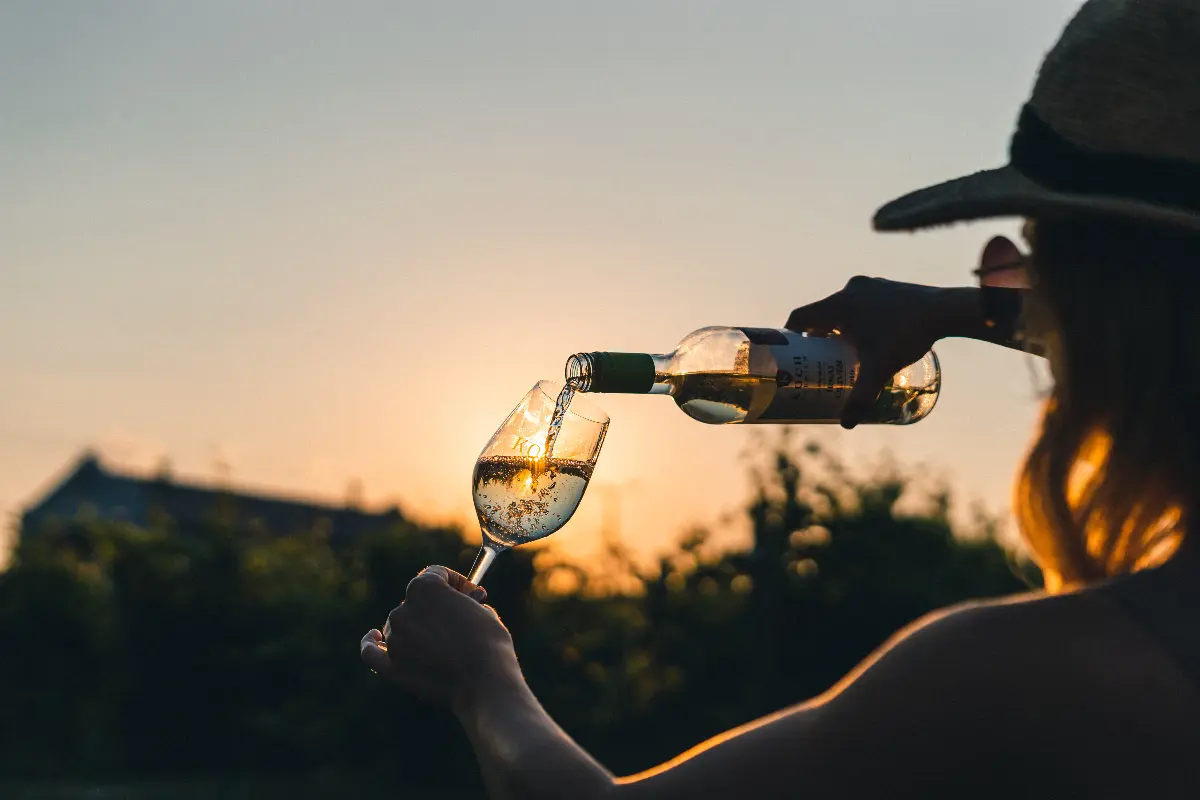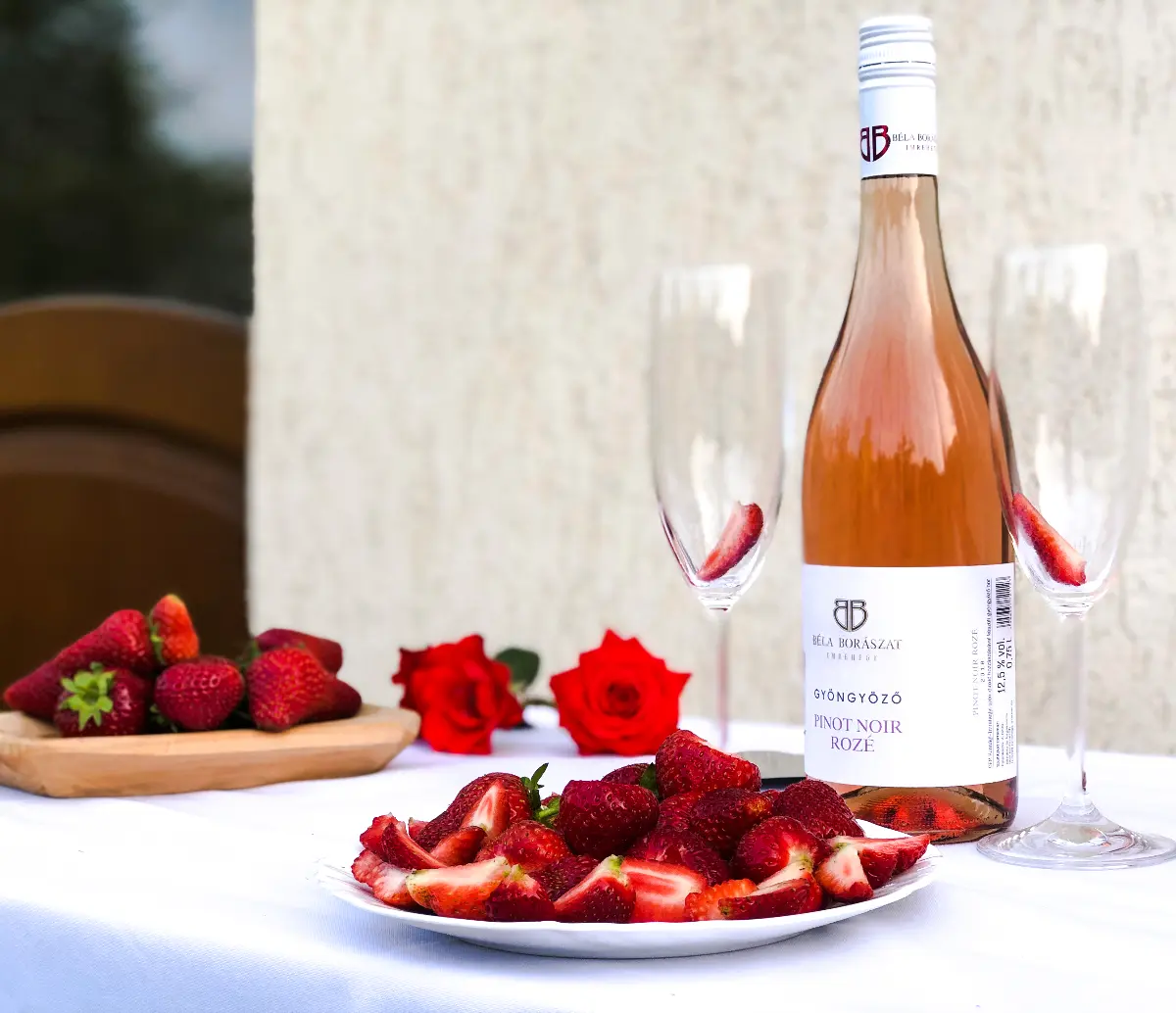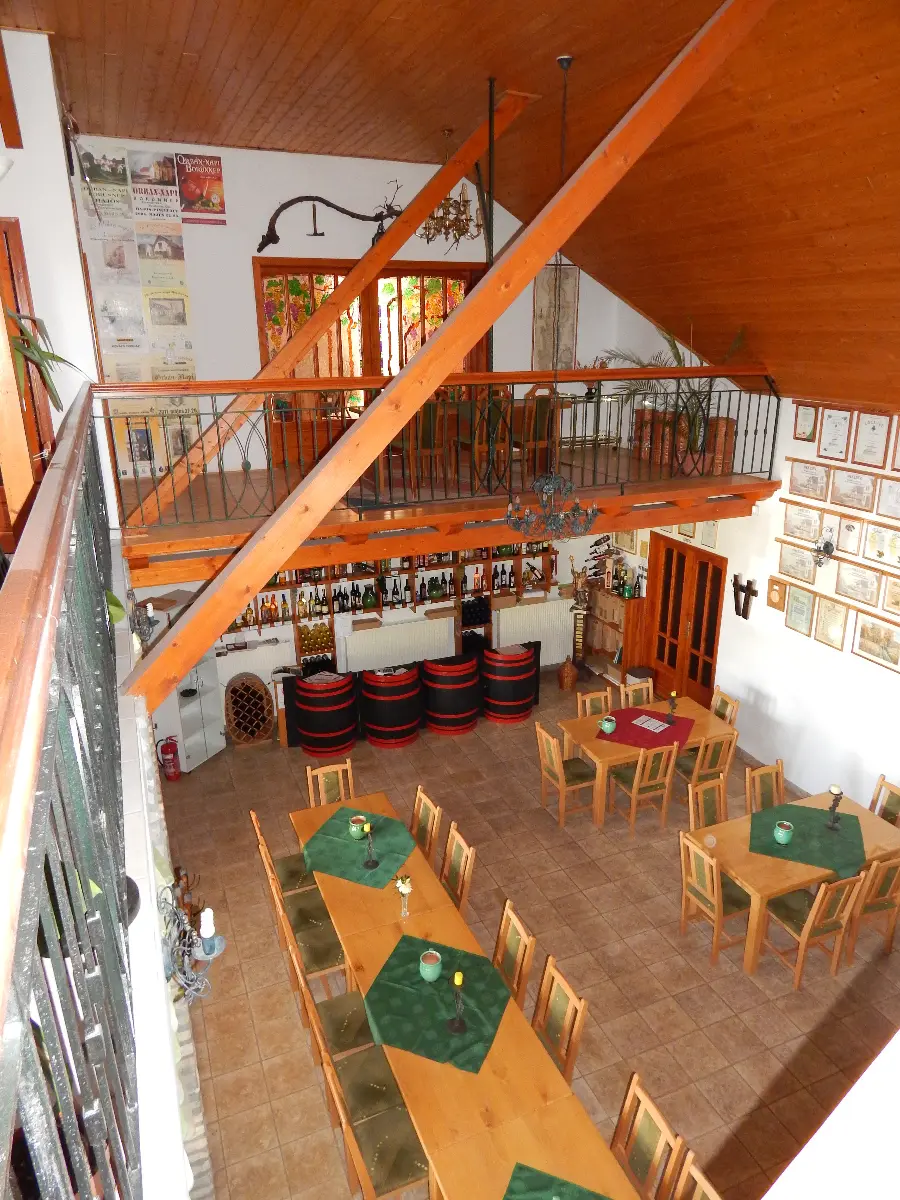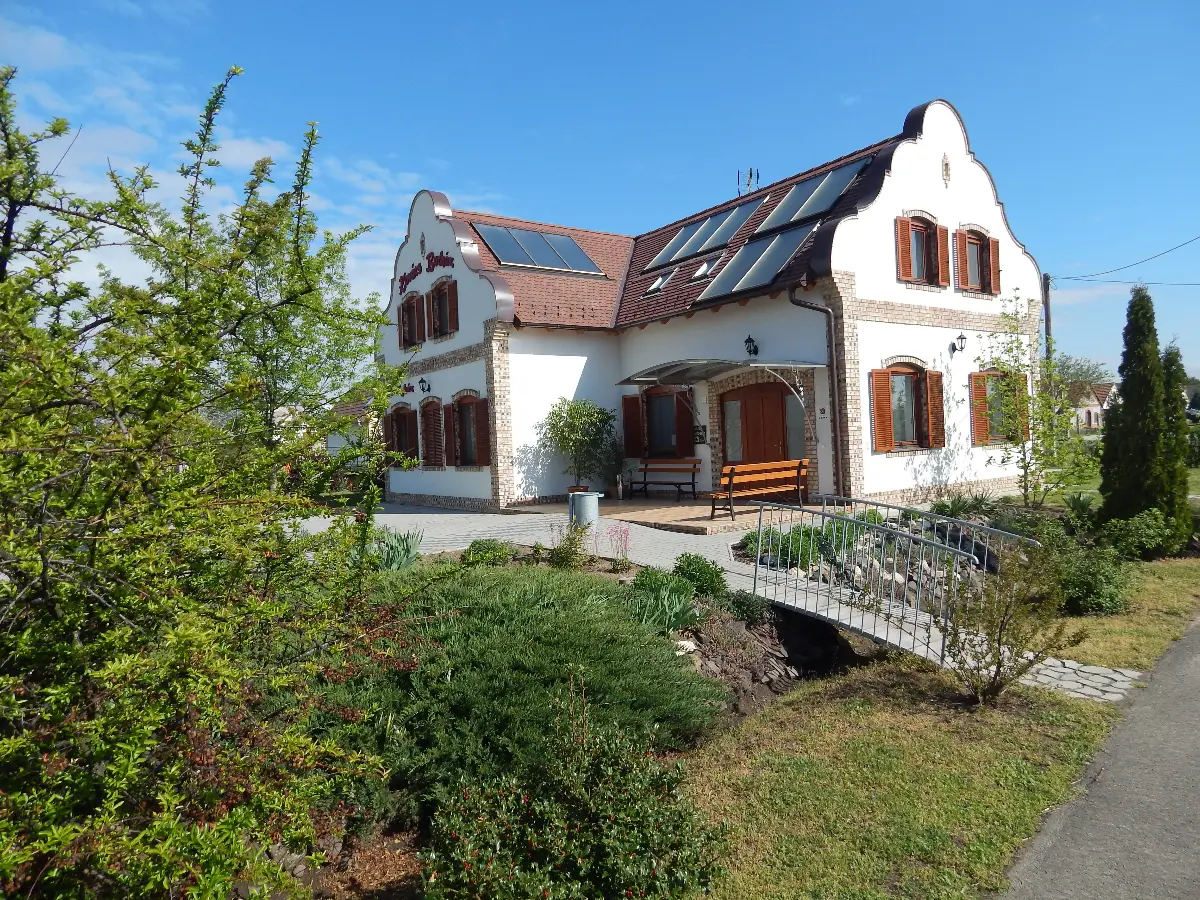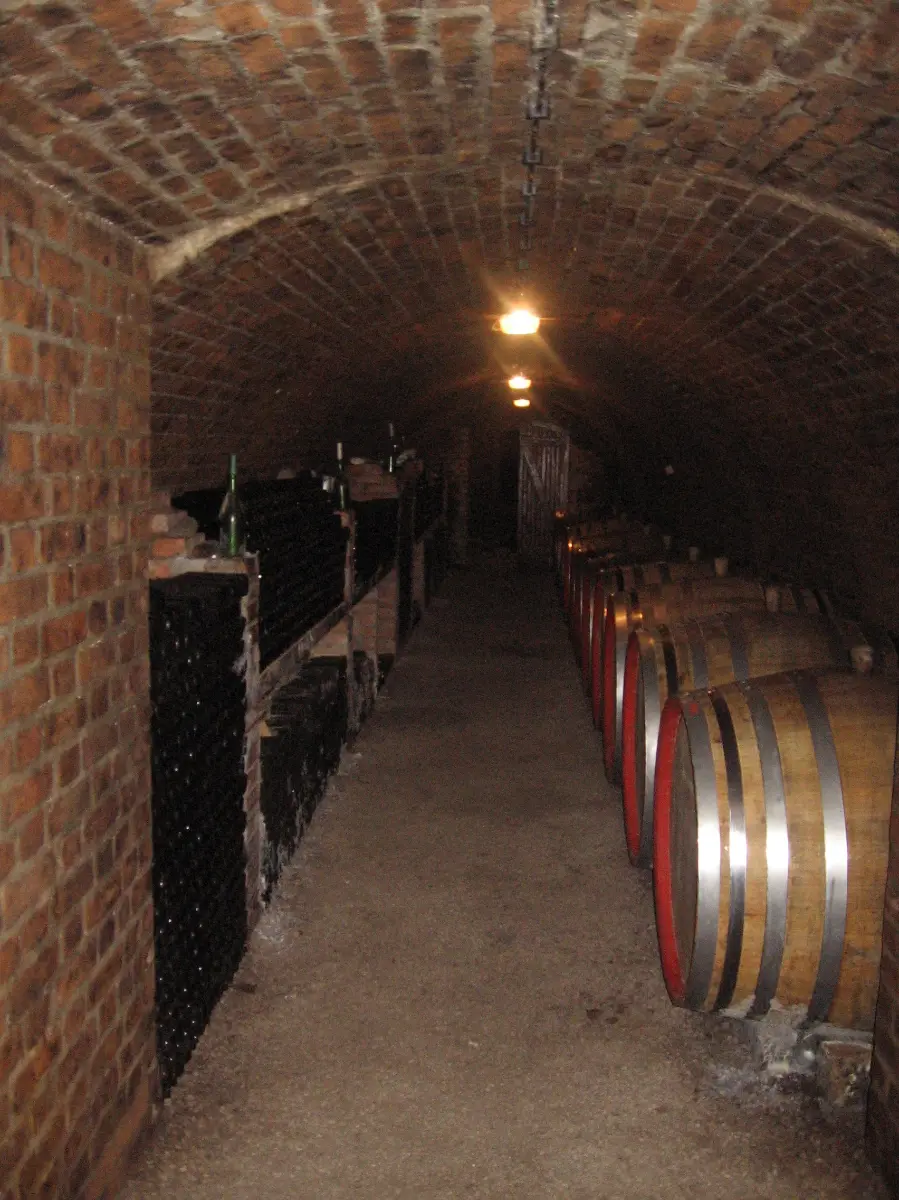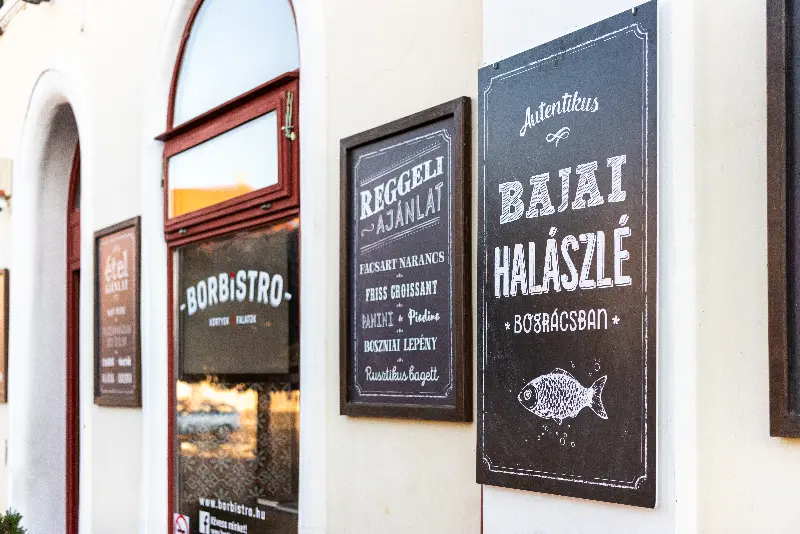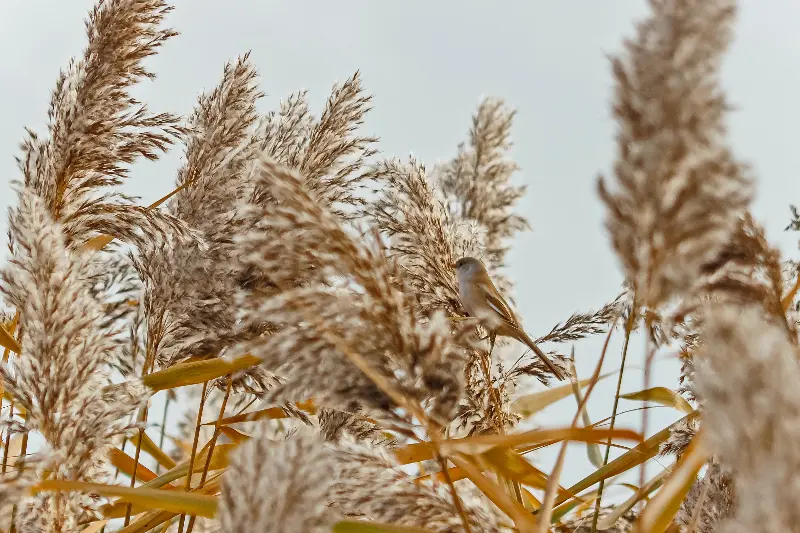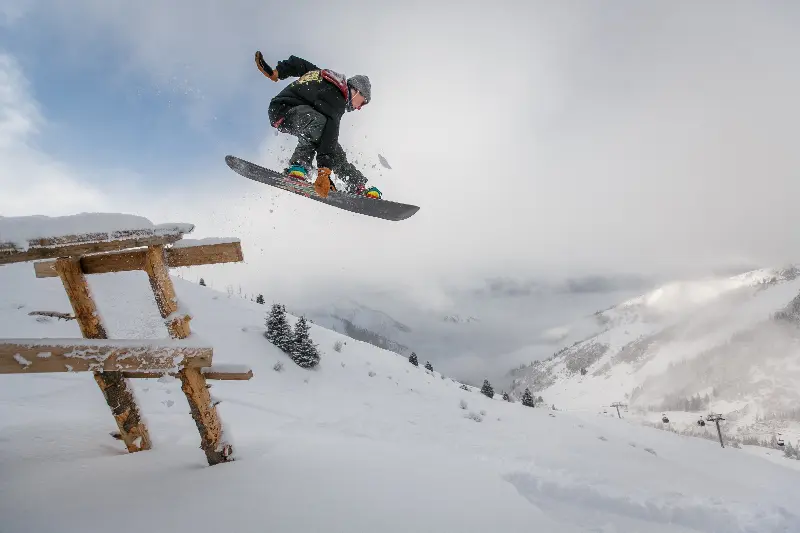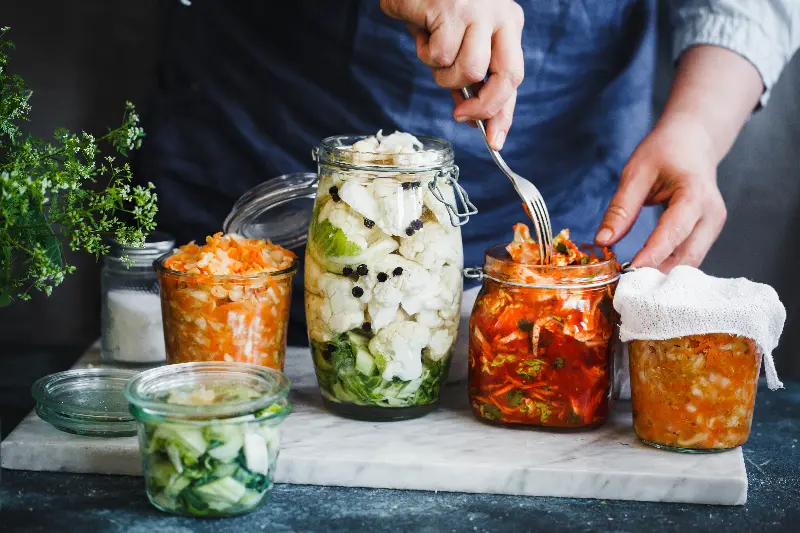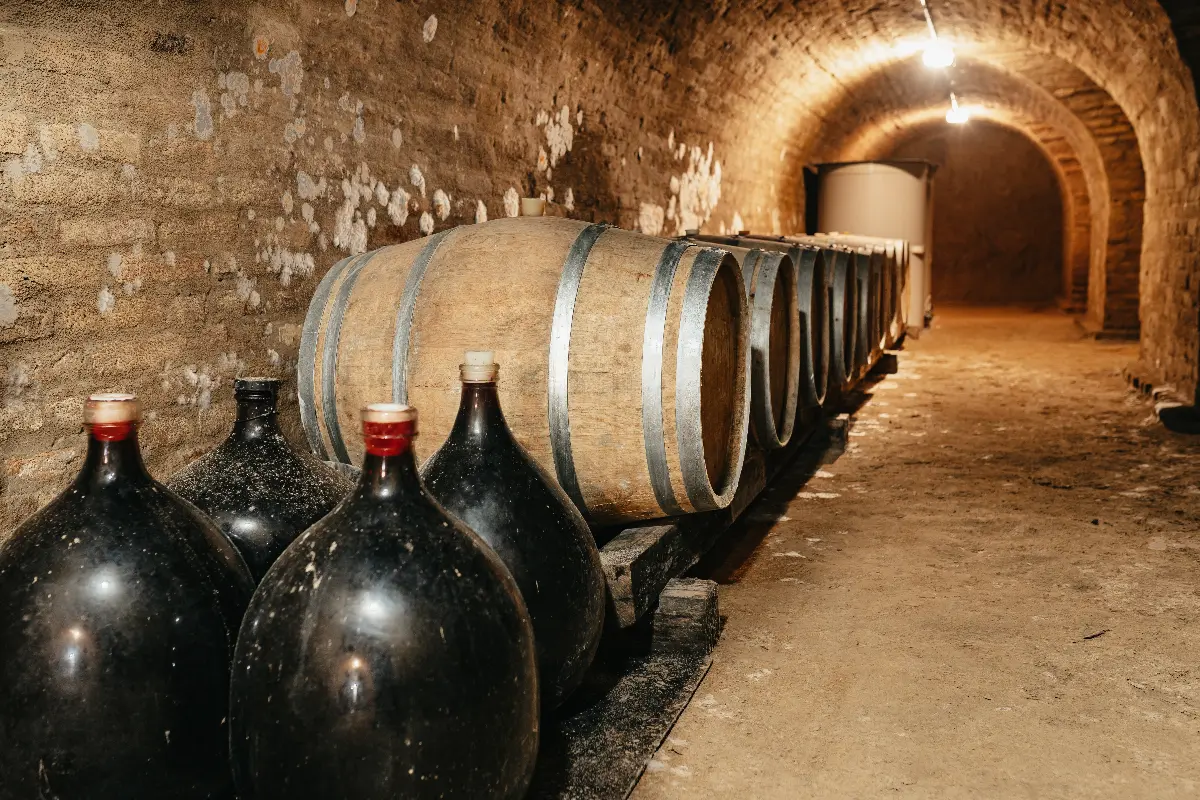
Helyszín címkék:
Bicycle, wine, Baja: Get off your bike, let’s have some wine
Jászberényi Attila
‘Kovács Borház’ (Kovács Winehouse) (Hajós)
Hajós is the cellar capital of cellar villages, in the olden days there were more press houses here than residential homes. According its own chronology (where ‘BC’ means ‘before creation’ and ‘AD’ means ‘after development’), it has always been a well-off village. After WWII, the ethnic Germans who brought viticulture and wine-making to the region, but were then driven away, were replaced by people from Upper Hungary. Today, ethnic groups live in peace and harmony, and there are 1,200 cellars for the 3,500 inhabitants. One of the largest ones of these cellars is the Kovács Winehouse that offers light wine types so typical in the region, and its main attraction is the vineyard with traditional Hungarian vine types such as Balafánt, Pintes, Bakator, Csomorika, Papsapka, Mézes fehér, Juhfark, Kadarka, Kéknyelű, Blaufrankisch, Cirfandli, Kövidinka, Hárslevelű.
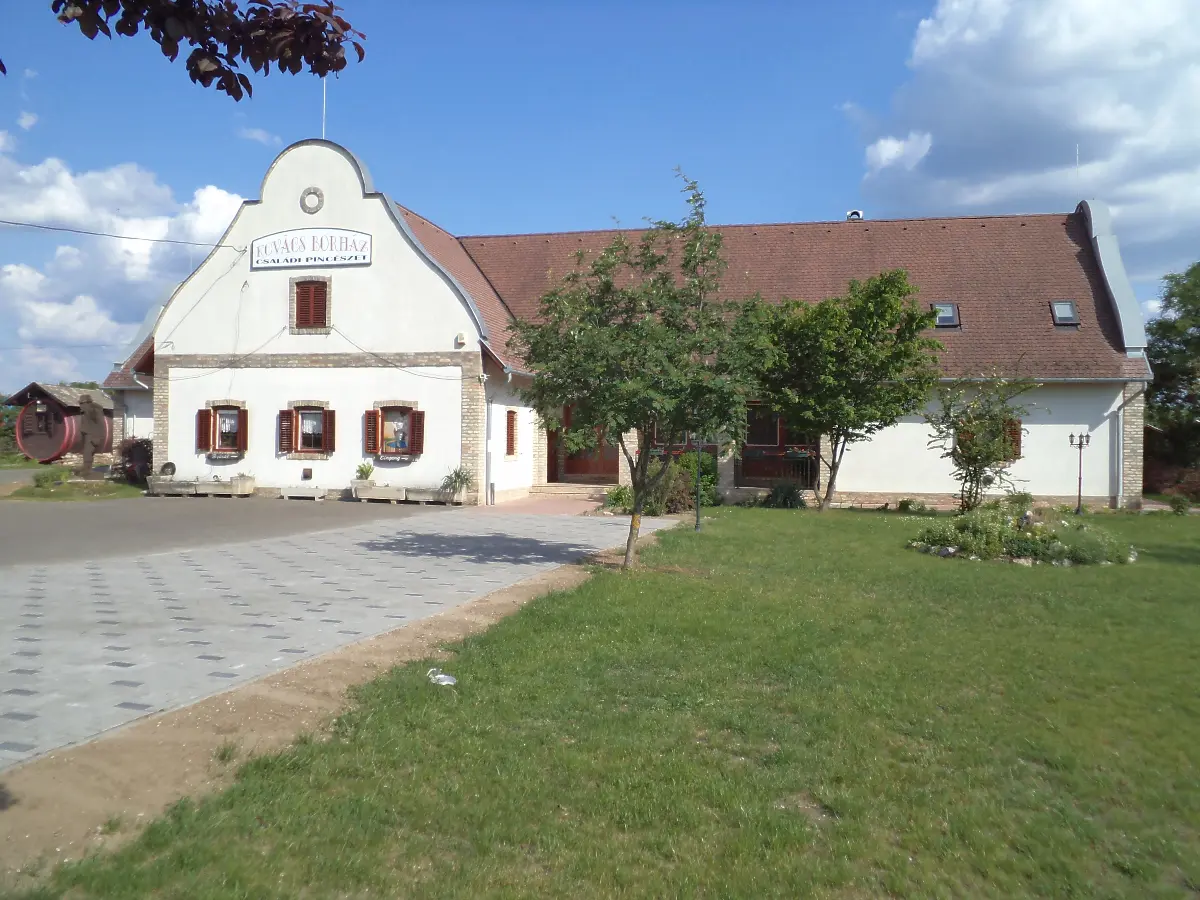
Sziegl Cellar (Hajós)
Very young vintner Balázs Sziegl followed the footsteps of his grandfather and became an accomplished vintner, and a strong proponent of natural wine-making. He uses no weed or pest control, all of his methods are traditional, added technology and treatment materials are kept to a minimum and fermentation takes place spontaneously. He says “Wine is made in the vineyard, but reaches its full potentials in the cellar”, and the proof of this credo is the spicy, light, elegant and fruity Herreberg Kadarka 2017 and the Rhine Riesling of 2017, the natural wine that was born from the revival of an old plantation.
Huber Cellar (Hajós)
János Huber is a heritage vintner, but in his younger years was not too keen on becoming one, perhaps exactly because he was born into it. However, today he is of a different opinion, and his favourite hobby is to drink wine with his friends, because he is proud to be the owner of one of the more than one thousand little cottages where only wines live. His Birtokfehér Szeleburdi is a full-bodied and playful wine, his Blaufrankisch is a serious wine from old vines, his Cabernet Sauvignon is an excellent company for red dishes.
Schön Cellar (Hajós)
If you only have a short time to visit the cellars in Hajós, do not try to see them all. You will definitely fail. Your head will be full of the many German names (Hepp, Umenhoffer, Beck, Schumacher, Ritgassen, Knehr, undsoweiter), and in the end you will not remember any of them. Just choose three or four, and become better-acquainted with them. For example with the Schön family, a vintner family going back to ten generations. This is the place where you will finally be able to drink Kövidinka, which brings back the lost memories of your great-grandfather, and the even rarer, but much older Generosa, the Blaufrankisch rosé called Hel’ó Kitti which sometimes tastes like onion peelings and sometimes like strawberries, or the secret wine known only as D29. Feel free to accept the invitation to the taste the wine-biscuits of the ethnic German cuisine.
Anna Winehouse (Érsekhalma)
The Gonda family manages a bio farm on 15 hectares in Érsekhalma. The family itself leads an eco-conscious life, and they believe in nature and the knowledge of old winegrowers. Chemicals and everything that is not natural must stay out of the farm, wine is made with manual procedures, natural processes and with the help of common sense. Consequently, they do not try to make the wine of every single year identical, rather, they are happy if the wine they make is different depending on the variety or the barrel. The two white wines Hétvölgy Faun and Nimfa made from old and new breeds of self-growing and fruit-bearing (resistant) varieties, playfully and frivolously tease each other.
Knáb Hotel (Nemesnádudvar)
Nemesnádudvar (its ethnic German name is Nadwar) is also a large cellar village with its 600 press houses combined with cellars, and its Wine Museum which is an attraction in its own right. The Knáb Gasthof was established after the owners renovated a wealthy farm house located between the rows of cellars. It has its own wine bar, artisanal shop and a show cellar where you can sample the local and regional wine varieties, like Kadarka, Chardonnay, Rhine Riesling, Italian Riesling, Cserszegi fűszeres, Ottonel, Muscat Ottonel, Királyleányka, Kunleány Blaufrankisch, Cabernet Franc and Sauvignon. You can combine wine tasting with a wine dinner.
Naphegy Cellar (Csátalja)
The winery in Csátalja has chosen Krúdy and the Kadarka variety (a variety that favours soil with somewhat high level of clay) as their advocate: “The Kadarka should be more wine than wine” - said Krúdy, a Hungarian writer and he did his best to consume as much of it as possible. In the past, this variety was something out of this world so much, that there was no vineyard-owning family that would not have spread the fame of the Csátalja Kadarka even to Switzerland. The cellar is a unit with modern design and interior which is a reconstructed concrete sarcophagus built in the 1970s, and it offer guests dishes baked in a furnace as well.
Koch Winery (Borota)
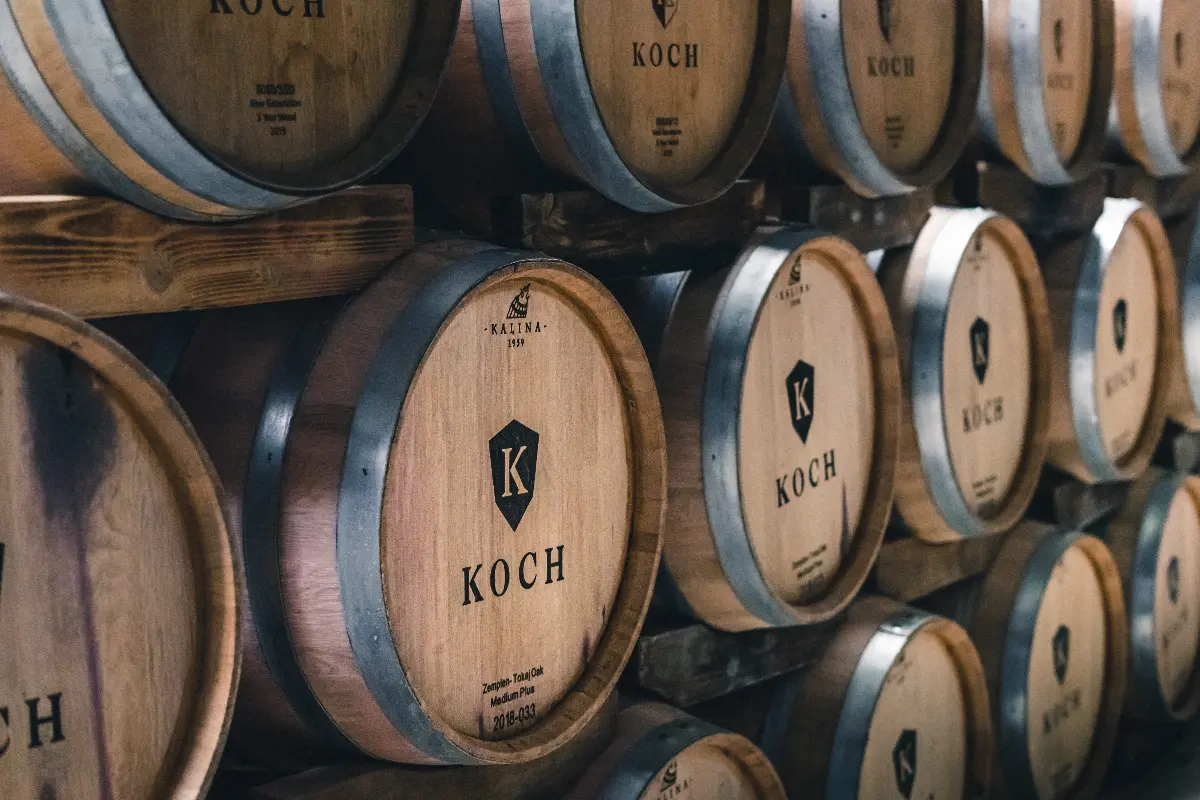
The big shot of the wine region that produces grapes on 120 hectares, this brand is known and well-built certified by a large number of awards received at different wine competitions. Csaba Koch has credible proof that one of his ancestors, a certain Johannes Koch came to this land in 1746 and soon started growing, making and selling wine. Since then, ten generations have come and gone, but the family has not changed their trade, all that has changed during Csaba’s life is the number of degrees and the hectares of land. Csaba believes in modern technologies being compatible with traditional methods, and that the number of sunlight hours which is the highest in the country, is key to the future of the wine region. It is not by chance that Csaba’s Néró rosé, a strong, but light wine bred actually in Hungary, won a gold medal in Cannes at the world’s largest rosé wine competition.
Szemerey Cellar (Császártöltés)
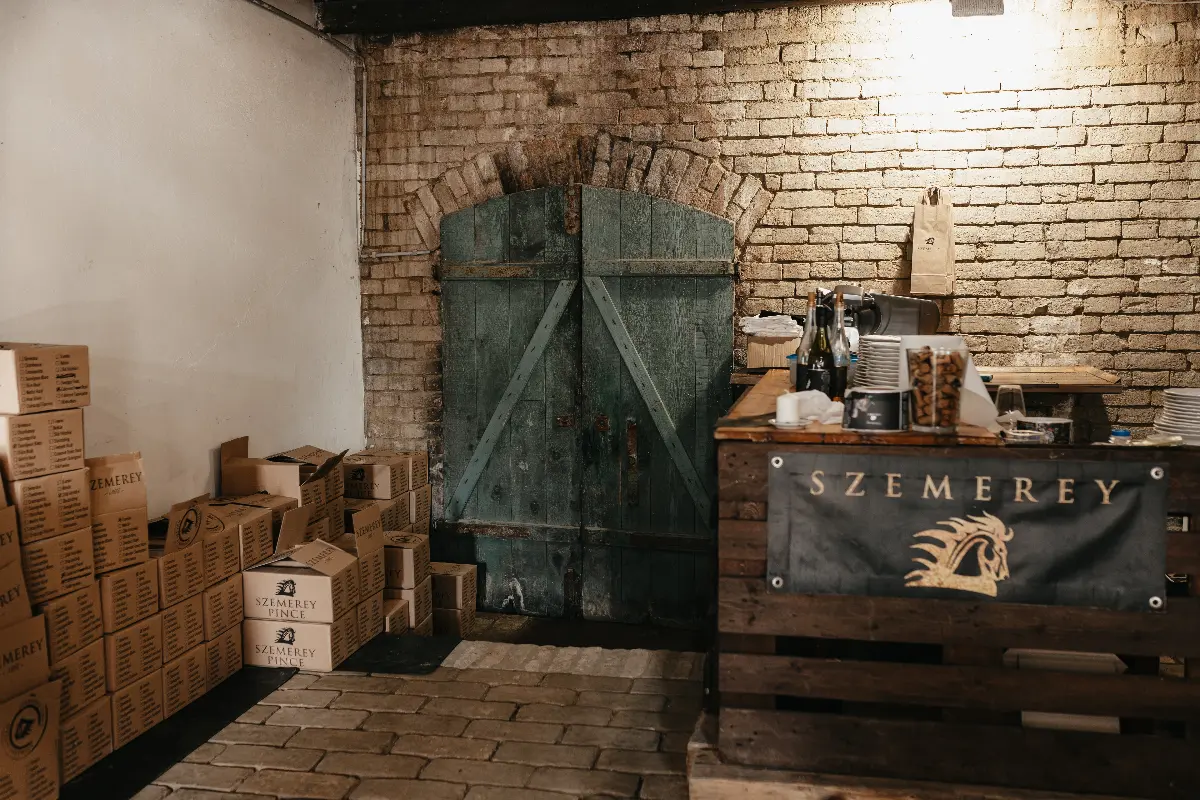
What else could Császártöltés be than another cellar village? A village that has its own new generation junior vintner, István Szemerey who gave family tradition a new twist. He makes youthful and modern wine types using similarly youthful and modern technology to create reductive lightness, but also serious traditionally matured items. This cellar enchants juries at competitions with its light pink charming rosé, its light, fresh and fruity Riesling Silvani, and also with its fragrant and spicy generosa. These types of wine are like their labels: very fresh, very youthful, lights and happy. If you decide to taste them, chose the premium category because that is where the secret lies.
Béla Winery (Kecel, Imrehegy)
Kecel is the last stop between the wine regions of Baja (more closely related to the wine region of Szekszárd) and Kiskunság. This was one of the cornerstones of the Kiskőrös-Soltvadkert-Kecel triangle where grape vines disappeared to be replaced by wine tablets. Fortunately there were some heroes like Sándor Font and János Frittmann, who saved what could still be saved. One of those heroes was Zoltán Béla who has gone through trials and tribulations with wine-making and being an entrepreneur, but then bought and renovated a former archdiocese cellar on Imrehegy near Kecel. He planted the mandatory and traditional grape vines (Kövidinka, Ezerjó), and in the process created his own variety, the Nektár.
